Today’s investors are much more likely to consider the social and environmental impacts of their investments and there are a new class of social impact bonds is emerging in the United States. Are you prepared to help clients evaluate the options?
We invest to make more; to see a return greater than the initial sum. Investment takes numerous forms, but arguably the most rewarding (in every sense of the word) is impact investing, also known as Socially Responsible Investing (SRI). This is the kind of financial strategy that not only makes a difference to your returns but gives something back to the world.
At its root, impact investing is about helping clients dedicate at least a portion of their portfolio to investments they think will change the world for the better. Pioneered in part by pension funds governed by unions, universities and pensions, impact investing has caught on with professional investment managers as evidence has mounted that companies with form corporate social responsibility programs outperform those that don’t. One 2016 study found that 60 percent of investment firm board members surveyed were willing to divest from entities with a poor sustainability performance.
Fortunately for investment advisors, there are plenty of socially responsible assets to choose from. Environmental, social and corporate governance (ESG) assets account for $12.0 trillion—or one in four dollars—of the $46.6 trillion in total assets under professional management in the United States, according to the 2018 biennial Report on US Sustainable, Responsible and Impact Investing Trends. That represents a 38 percent increase over 2016.
The U.N’s six tenets of impact investing strategy
This presents investment advisors willing to do the work with a big opportunity. A good place to start is the United Nations’ Principles for Responsible Investing, a primer for retail investors considering an impact-based addition to their portfolio. It includes the following six tenets for formulating an ESG strategy professional advisors might find useful:
- We will incorporate environmental, social and corporate governance (ESG) issues into investment analysis and decision-making processes.
- We will be active owners and incorporate ESG issues into our ownership policies and practices.
- We will seek appropriate disclosure on ESG issues by the entities in which we invest.
- We will promote acceptance and implementation of the principles within the investment industry.
- We will work together to enhance our effectiveness in implementing the principles.
- We will each report on our activities and progress towards implementing the principles.
Some portfolio management strategies
In today’s market, it’s useful to classify clients based on where they fall on the impact investing spectrum. Those willing to prioritize ESG over financial return would be classified as “impact-first investors,” while those who prioritize returns over ESG would be “finance-first investors.” Many investors will fall in between, meaning they will be interested in dedicating a portion of their portfolio to impact investing.
Here are a few types of investments that can be used to fulfill that need in addition to stocks and bonds issued by companies that meet the client’s ESG criteria :
- Impact bonds – Issued by governments, corporations or public-private partnerships, impact bonds are used to finance social initiatives in exchange for potential compensation by local, state and federal government. In 2018, after five years of lobbying, Congress established a $92 million social impact partnerships fund at the U.S. Treasury that can be used to finance projects that improve child and maternal health, reduce homelessness, lower rates of recidivism and increase youth employment, among others. To be paid by the fund, project managers must prove their projects resulted in social benefit and savings to federal, state, or local governments.
- Place-based investment – These are appealing because they enable investors to focus on projects in specific communities, including their own, where results may be easier to track. Organizations such as LOCUS can help investors keep up with projects operating in their area.
- Mutual funds – The Parnassus Endeavor Fund is an example of an opportunity to finance entities that encourage social change. Parnassus has delivered annualized returns of 12.2 percent, compared with 8.5 percent from the S&P 500.
Beyond these, you can refer to this excellent resource, which lays out how some of the world’s biggest investors formulate and execute their impact strategy.
Choose wisely
While social investing in equities has a long track record and is relatively straight forward, conducting due diligence on an emerging asset class like social impact bonds will be difficult. Pending investor specific solutions, GuideStar, the National Center for Charitable Statistics and CharityNavigator.org may provide a way to appraise project manager’s claims and better ascertain the risk/reward profile specific projects present. You may also choose to sign up for the Case Foundation’s Network Impact Map to follow investment trends and download the short guide to impact investing.
Providing a charitable investment is a laudable decision that will pay you back financially and ethically. Precise measurement of a charity’s impact is still a work in progress as industry standards evolve. Be sure you make the most profitable pick by working with an experienced investments firm.
Purshe Kaplan Sterling Investments is a full-service broker/dealer and financial services firm offering state-of-the-art products and technology to its registered representatives. PKS provides access to every major investment company, hundreds of variable annuity products and contact with some of America’s top money managers. Visit our contact page and get closer to your investment goals.

